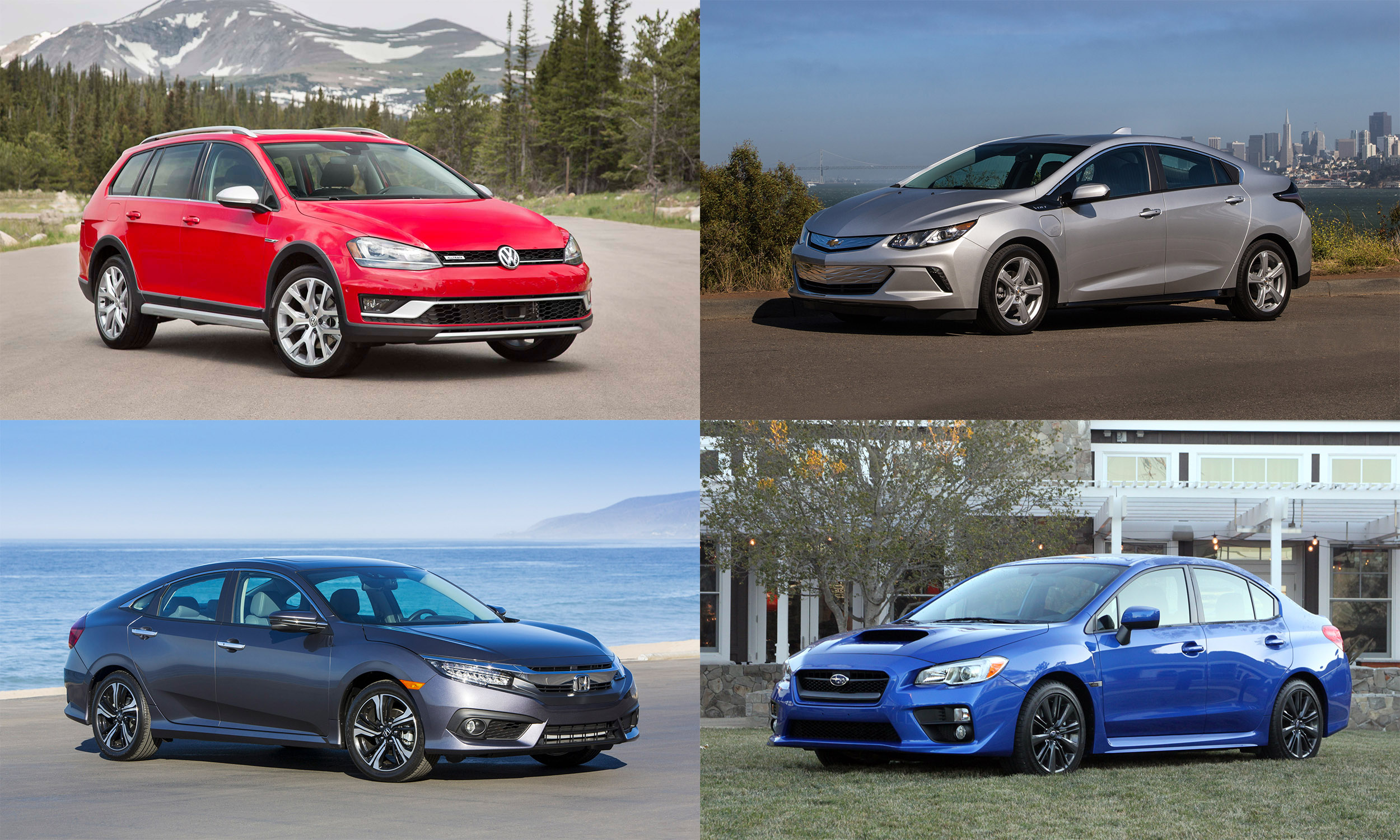
The bigger the car, the safer the occupants. Although there’s some validity to this concept, it’s not the only factor to consider when shopping for a safe vehicle. According to the Insurance Institute for Highway Safety, a number of small cars on the U.S. market can either help you avoid a crash, or protect you if one becomes inevitable. The IIHS rates cars for crashworthiness and highlights those that earn top scores and offer some level of crash-avoidance technology. To be called an IIHS Top Safety Pick, a vehicle must achieve “Good” ratings in five crashworthiness tests as well as score an “Advanced” or “Superior” rating for front-crash prevention. For 2017, the IIHS added an additional requirement for achieving top distinction as an IIHS Top Safety Pick+ vehicle — headlights must achieve a “Good” or “Acceptable” rating. What follows are this year’s small cars that earn a Top Safety Pick or Top Safety Pick+ designation from the IIHS.
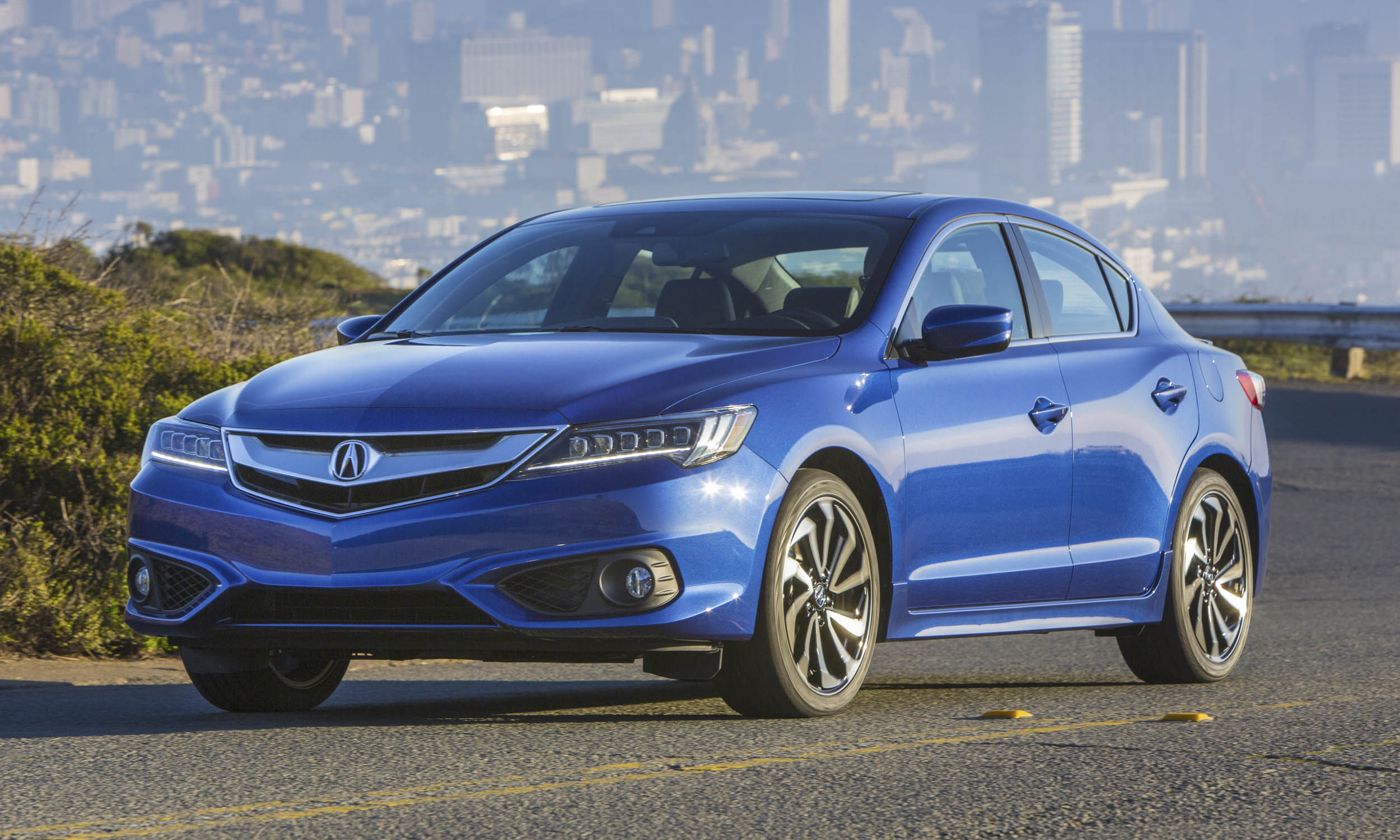
Top Safety Pick
Front Crash Prevention: Superior (5 points)
The ILX is the lowest-priced entry in the Acura lineup, which can reach as high as $65,000 for the flagship RLX or $156,000 for the exotic NSX. The ILX falls from the top TSP+ rating only because it’s headlights earn a “marginal rating. But the entry-level Acura does quite well in collision avoidance when equipped with the optional Acura Watch, which includes a Collision Mitigation Braking System with Forward Collision Warning, Lane Keeping Assist System, Adaptive Cruise Control and Lane Departure Warning. Acura Watch makes use of a windshield-mounted monocular camera and front grille-mounted radar system, providing enhanced sensing that can anticipate a collision and serve up warnings or — in certain instances — initiate emergency braking and steering.
Additional Costs: Acura Watch adds $1,300 to the base ILX price.

Top Safety Pick+
Front Crash Prevention: Superior (6 points)
The Volt is Chevrolet’s innovative plug-in hybrid that uses a gasoline engine as a generator to extend the vehicle’s range beyond the mileage limitation of electric mode. For the 2016 model year, Chevrolet redesigned the Volt to extend the electric range to more than 50 miles and added advanced safety features, which now rank it as a Top Safety Pick+. When equipped with optional Front Automatic Braking, the Volt avoided collisions in all the IIHS tests. In addition, it is one of just seven vehicles to earn a top rating for headlights.
Additional Costs: Front Automatic Braking is part of the Driver Confidence II package, available only on the Volt Premier. This package requires Driver Confidence I — the combined cost is $990.
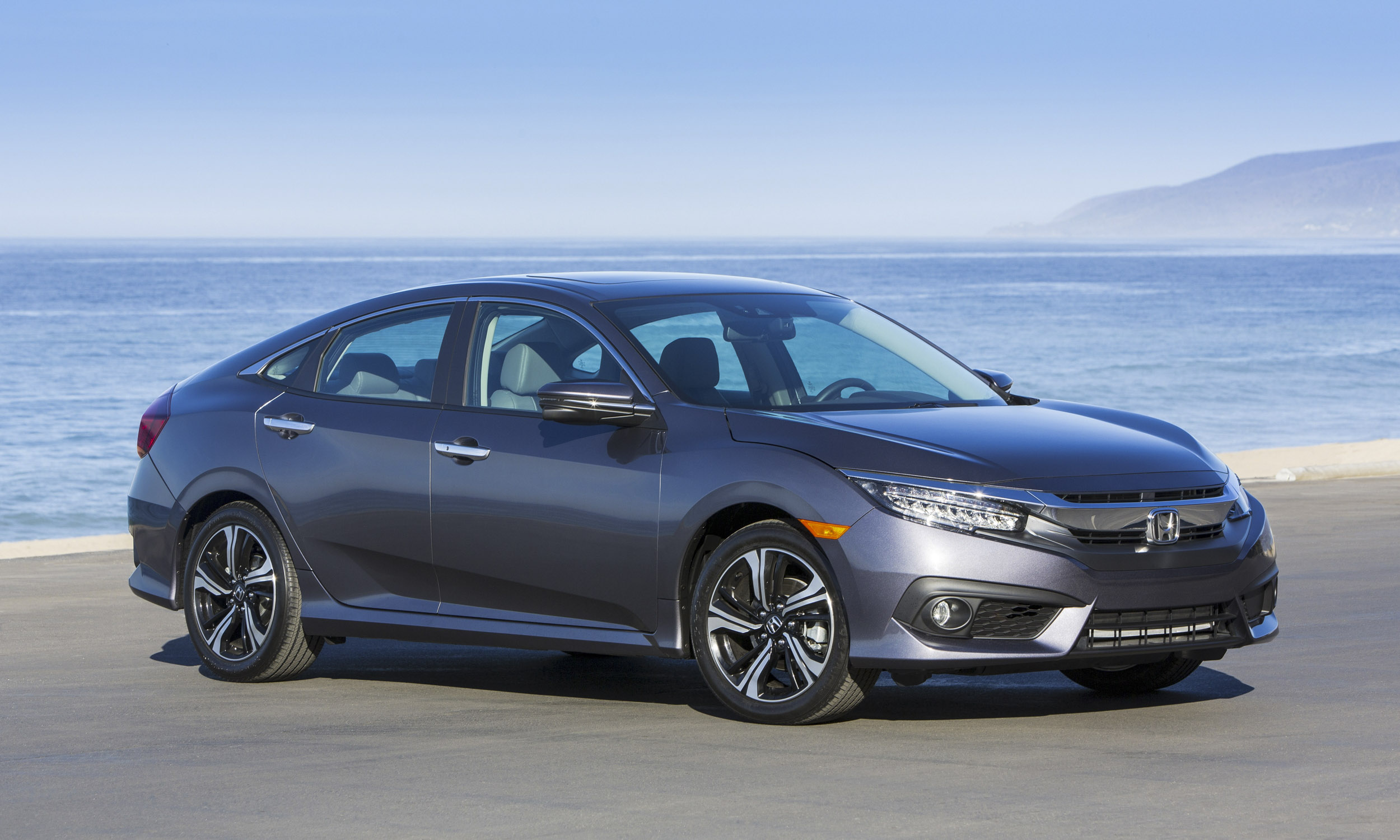
Top Safety Pick
Front Crash Prevention: Superior (6 points)
The Honda Civic was all new for the 2016 model year, and with its redesign the Civic earned the Top Safety Pick+ rating. The Civic features multiple airbags, stability control, anti-lock brakes, brake assist and a new body structure that uses high-strength steel and advanced crash engineering features. Civic also is available with Honda Sensing, which includes a Collision Mitigation Braking System, Forward Collision Warning, Lane Keep Assist and Lane Departure Warning.
Additional Costs: The Honda Sensing package is standard on the Civic Touring, optional on all other trims at a cost of $1,000.
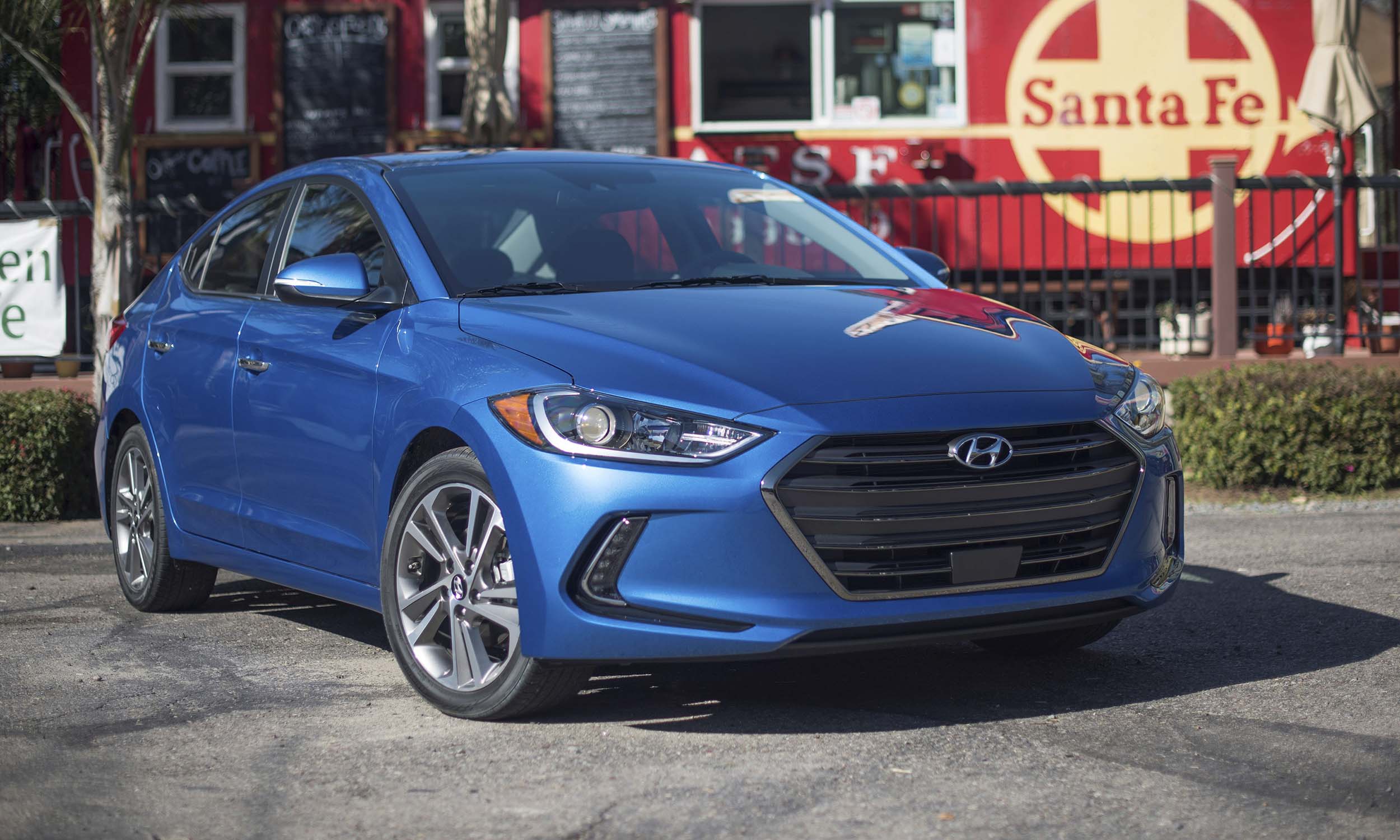
Top Safety Pick+
Front Crash Prevention: Superior (6 points)
The Hyundai Elantra is all new for the 2017 model year. In addition to updated styling and a new chassis, the small sedan is now available with the latest safety equipment. A surprising feature in the compact car class, Automatic Emergency Braking with Pedestrian Detection in now available for the new Elantra. Using both the forward-facing radar and camera to detect a vehicle or pedestrian, the system will warn the driver about a potential collision. If the driver does not take action to avoid the impact, the system will apply emergency braking. Elantra is also one of the few vehicles tested to achieve a Good rating for headlights.
Additional Costs: Automatic Emergency Braking is part of the Ultimate Package (only available on the Limited) that runs $1,900.
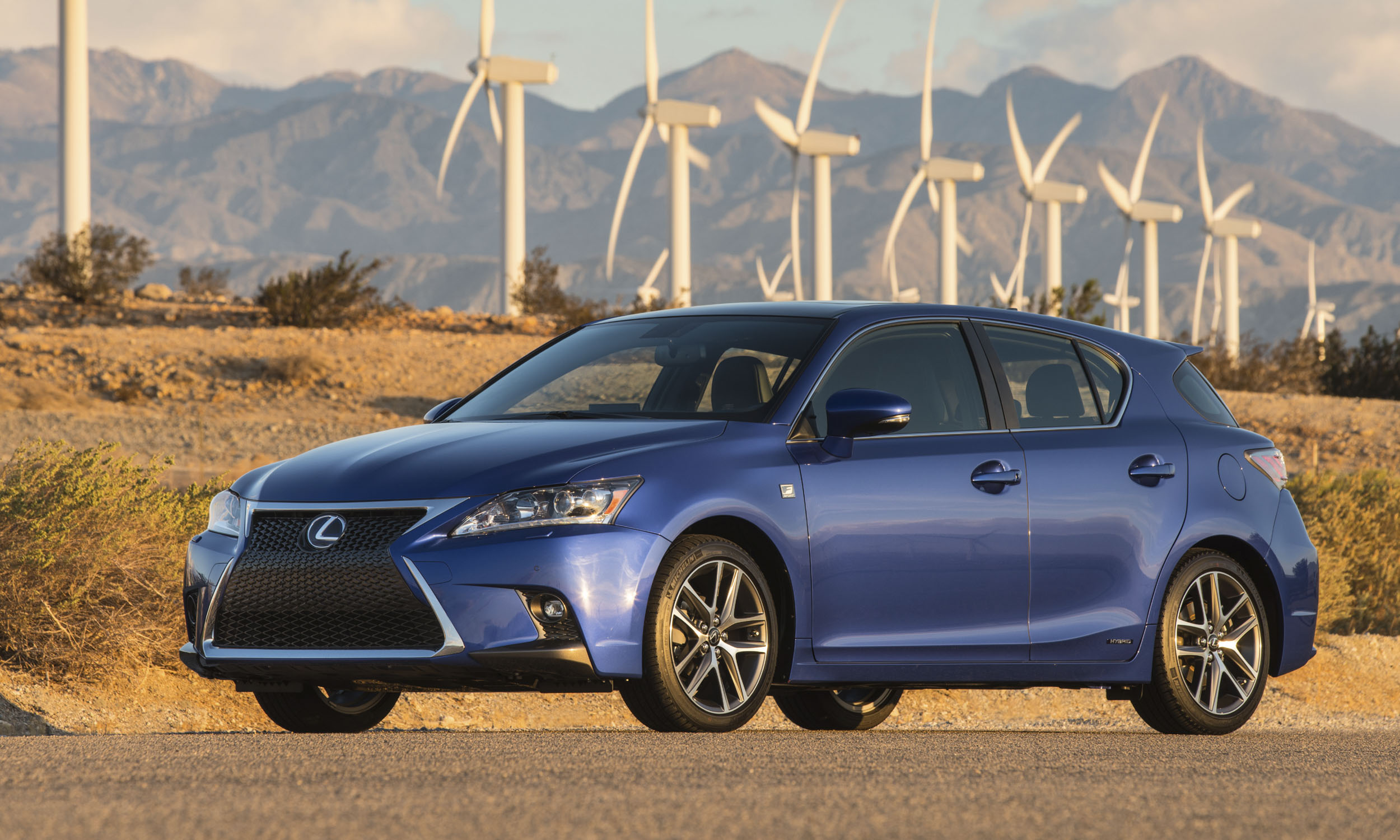
Top Safety Pick
Front Crash Prevention: Advanced (3 points)
The first hybrid-only model in the Lexus lineup, the CT 200h has more than a high-tech powertrain — it features a number of innovative safety features. Most noteworthy is the optional Pre-Collision System with Dynamic Radar Cruise Control. Using millimeter-wave radar to measure distance from a vehicle traveling ahead, the system will maintain a set distance behind the leading vehicle. PCS goes a step further, detecting certain obstacles in front of the car and alerting the driver while activating Brake Assist. The system does not apply brakes automatically until 2 seconds before a collision — lessening, but not avoiding, the impact — which is why the CT 200h scored three out of a possible six points. The CT 200h was a Top Safety Pick+ in 2016, but a “poor” rating for headlights prevented the luxury hybrid from becoming a repeat winner.
Additional Costs: The Pre-Collision System is a standalone option priced at $1,500.
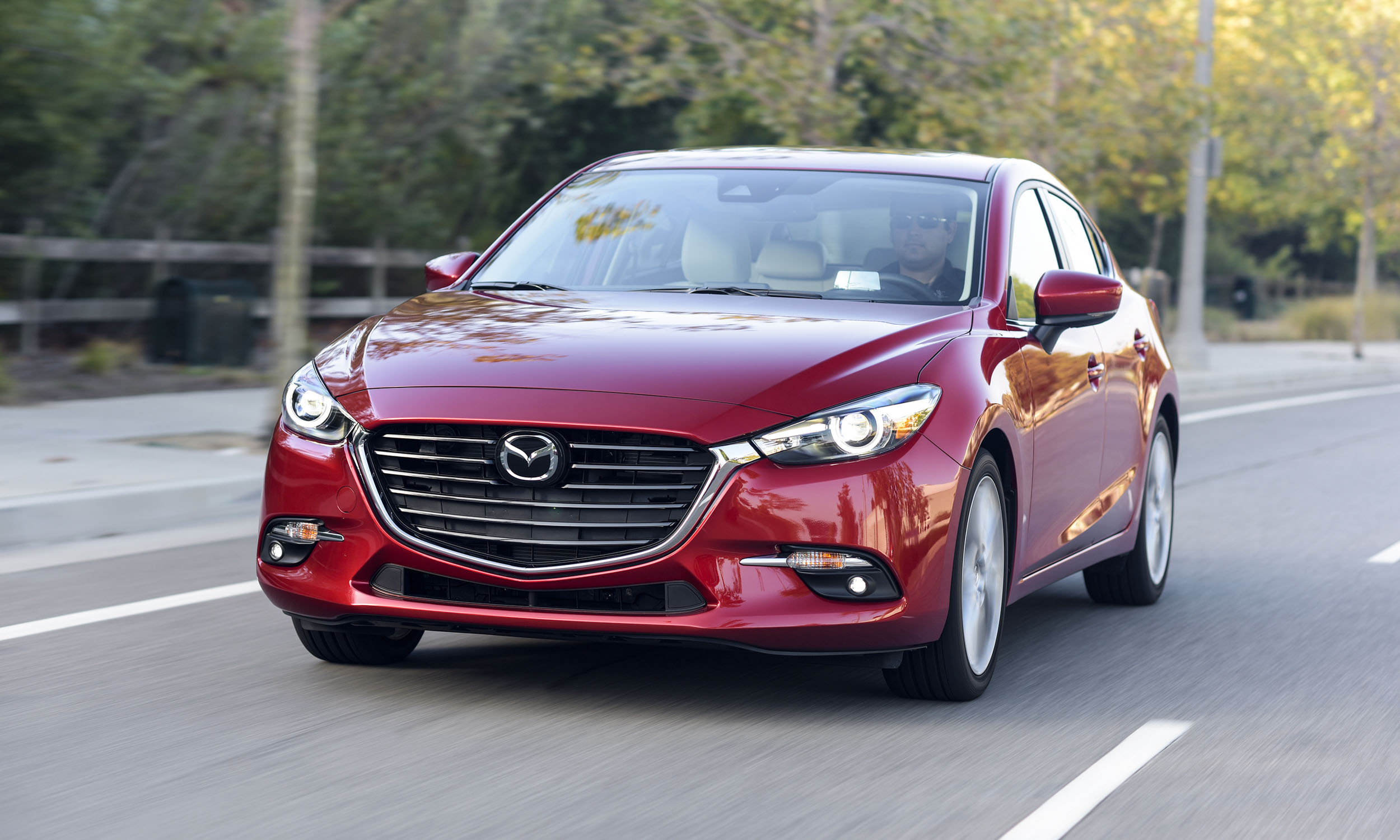
Top Safety Pick+
Front Crash Prevention: Superior (6 points)
Available as either a 4-door hatchback or sedan, the Mazda3 comes well equipped, considering it has a starting price around $19,000. Mazda offers i-ACTIVSENSE on the Mazda3, which includes a suite of high-tech safety features such as Smart Brake City Support, which acts at low speeds, and Smart Brake Support, designed for higher speeds. The Mazda3 was able to avoid collisions in all of the IIHS tests when equipped with Smart Brake Support.
Additional Costs: Smart Brake Support is part of the i-ACTIVSENSE safety package, available only on the Grand Touring trim for $1,100.
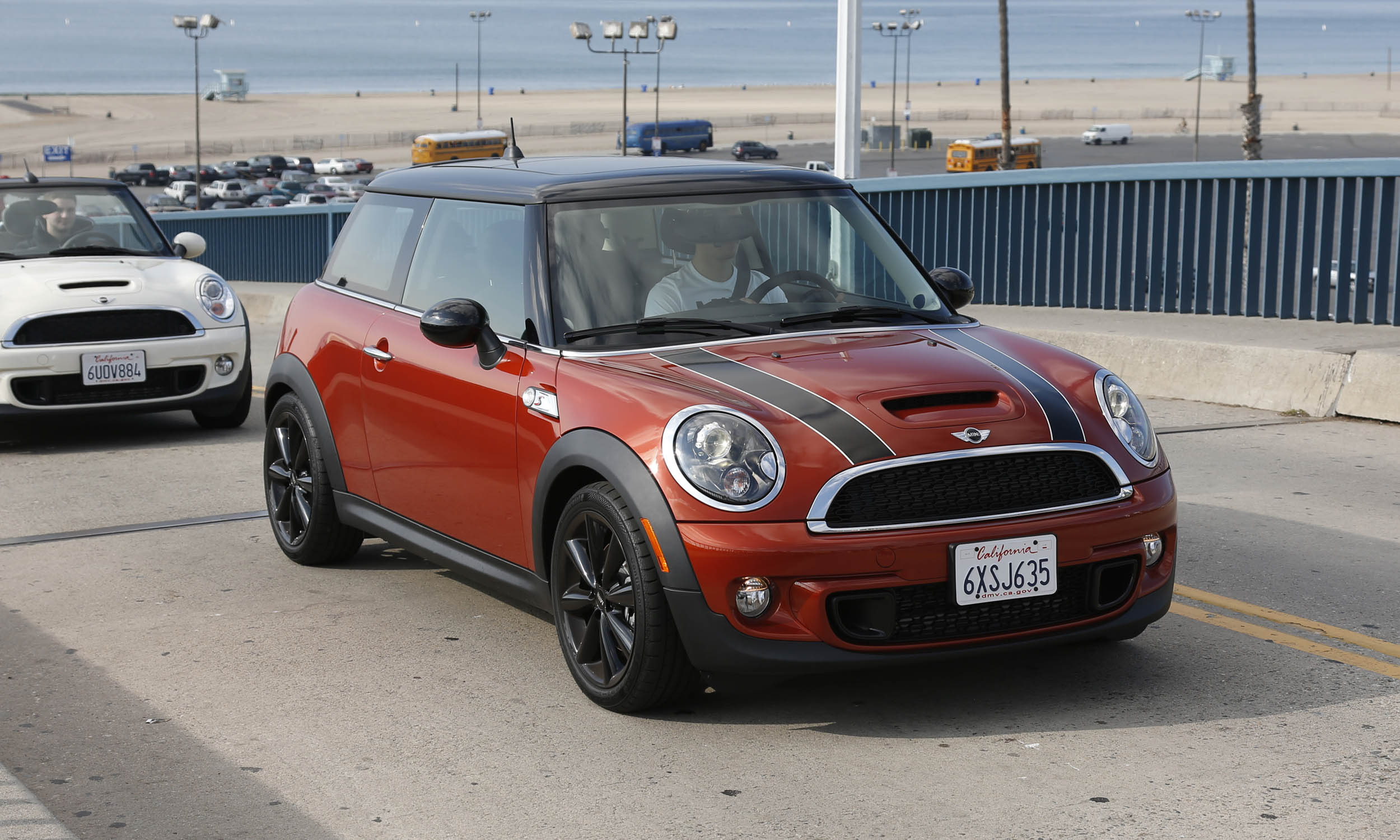
Top Safety Pick
Front Crash Prevention: Advanced (4 points)
The MINI Cooper is not as small as it once was, but the fun-to-drive coupe is still one of the most diminutive rides on the road. With top scores in all of the crashworthy tests and an Advanced rating for crash avoidance, the MINI is a perfect example of how size is not always important when it comes to car safety. In the low-speed autobrake test the MINI nearly avoided the collision, and in the high-speed test the speed was reduced by 7 mph. The MINI was a Top Safety Pick+ in 2016, but the with headlights that scored only “Marginal,” the ranking for 2017 is Top Safety Pick.
Additional Costs: Crash avoidance is part of the Active Driving Assistant package which runs $1,000.
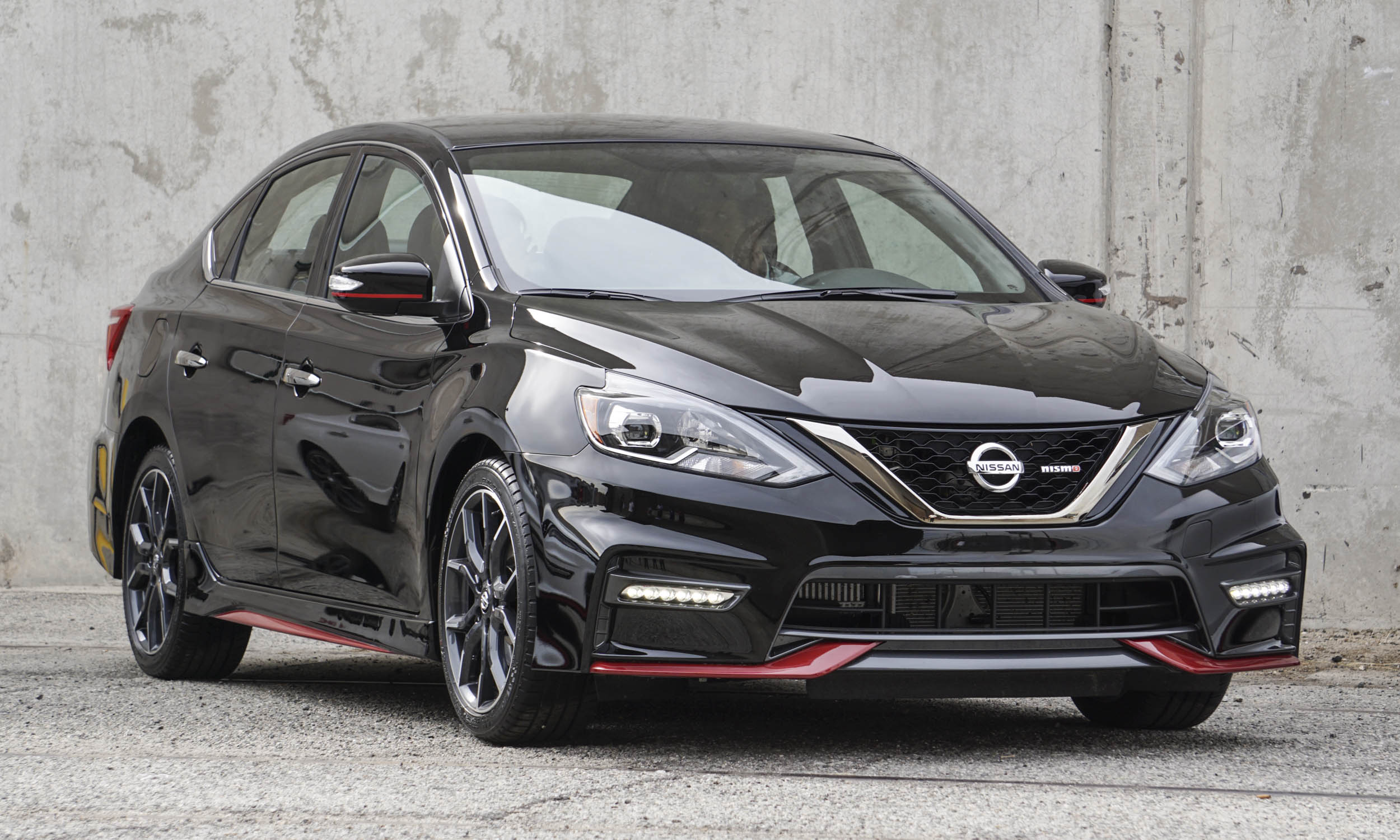
Top Safety Pick
Front Crash Prevention: Superior (5 points)
The Sentra was refreshed with new styling and updated features last year, which among other things includes new safety equipment. In addition to standard multiple airbags, stability control and anti-lock brakes, the Sentra is available with Nissan’s advanced Safety Shield Technologies. These include Forward Emergency Braking, Intelligent Cruise Control, Blind Spot Warning and Rear Cross Traffic Alert. With these optional systems, the Sentra was able avoid a collision in the low-speed autobrake test while reducing speed by 10 mph in the high-speed test. A “Poor” headlight rating is the only reason Sentra cannot be considered a Top Safety Pick+.
Additional Costs: Forward Emergency Braking is part of the Premium Technology Package, which is only available on SR and SL trims and priced at $3,820 on the SR, $2,360 on the SL. However, the Tech Package requires the Premium Package, which runs $2,590 on the SR and $1,130 on the SL.
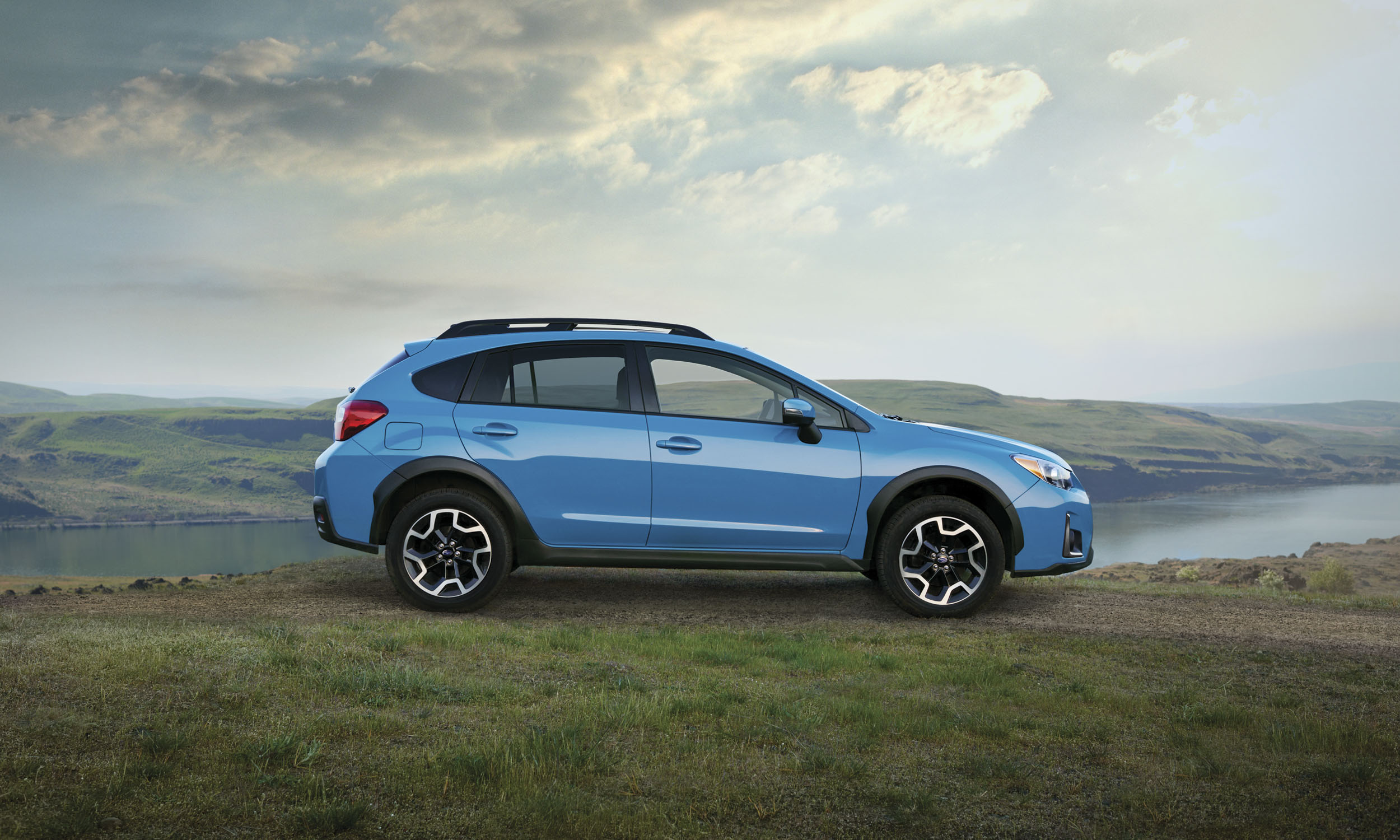
Top Safety Pick
Front Crash Prevention: Superior (6 points)
Subaru is well known for building reliable all-wheel-drive cars and crossovers, and the Impreza-based Crosstrek slots well within the brand’s lineup. As with almost every model in the Subaru lineup, the Crosstrek provides the stability of standard all-wheel drive as well as the availability of the innovative EyeSight suite of driver assistance features. The system is used for the adaptive cruise control as well a lane-departure warning and ultimately autonomous emergency braking. As with other Subarus on this list, the Crosstrek had earned the Top Safety Pick+ rating in the past, but the 2017 model does not get the “+” because the IIHS headlight rating is “Poor.”
Additional Costs: EyeSight is part of a package that costs $1,995 on the Premium and $2,895 on the Limited.
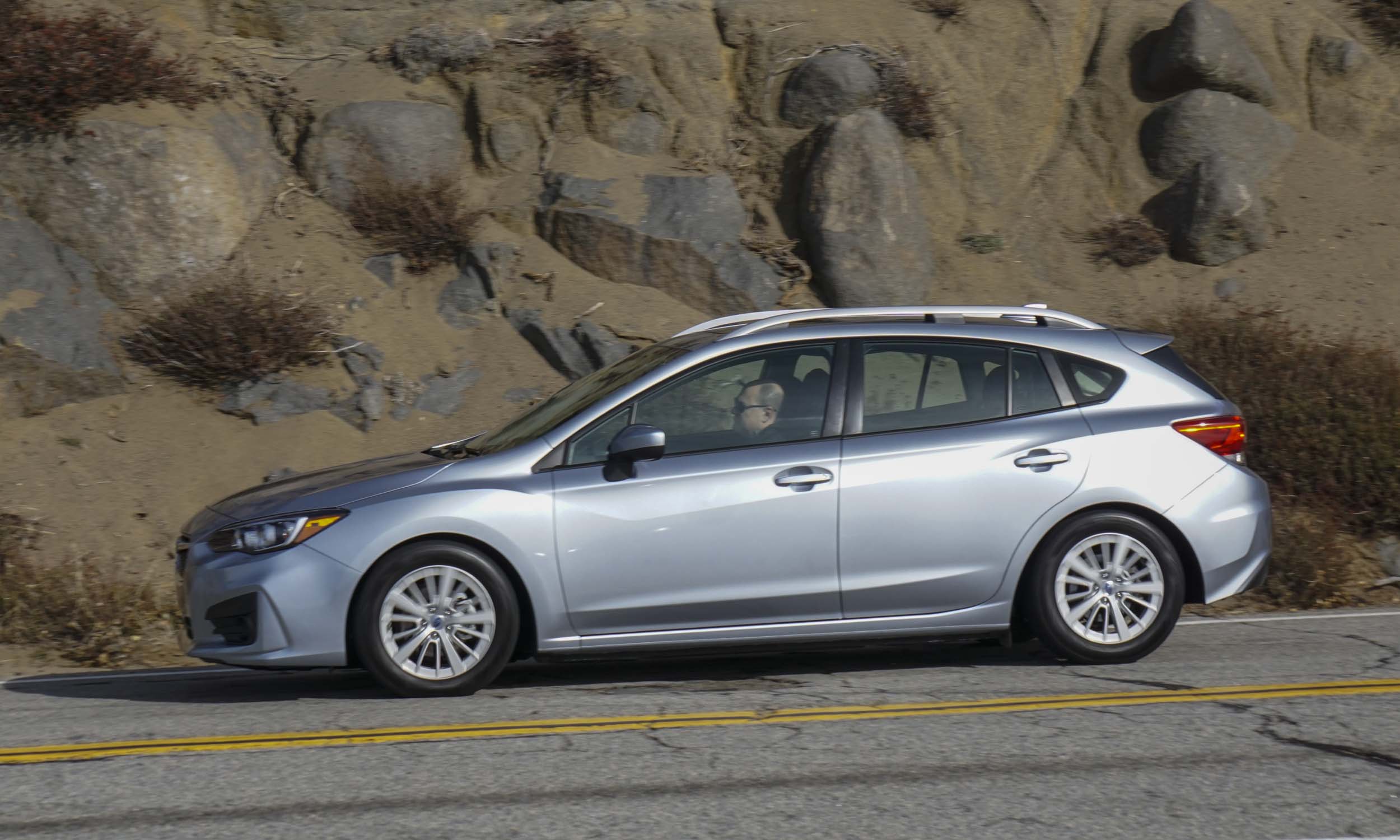
Top Safety Pick+
Front Crash Prevention: Superior (6 points)
The Subaru Impreza is completely new for the 2017 model year with fresh styling, new features and an all-new global platform. From a safety standpoint, the Japanese car company picked up where it left off, equipping the new Impreza with the latest version of its innovative EyeSight system. EyeSight uses stereo forward-facing cameras as well as other sensors. The system includes Adaptive Cruise Control, Automatic Pre-Collision Braking, Lane Departure and Sway Warning, Lane Keep Assist, Blind Spot Detection with Lane Change Assist and Rear Cross Traffic Alert. New for this year is Reverse Automatic Braking, which will stop the car if an obstacle is detected in the car’s path while backing up.
Additional Costs: The EyeSight system is available on Premium and Sport trims, packaged with a number of other luxury items. Additional cost is $2,945 on Sport and $2,395 on Premium.

Top Safety Pick
Front Crash Prevention: Superior (6 points)
With the WRX, Subaru offers excellent performance in a very safe package. Motivated by a 268-horsepower engine, the WRX features full-time all-wheel drive, a standard feature of every Subaru except the BRZ. The Japanese automaker made Eyesight available on the WRX for the 2016 model year — but only on the top-level Limited trim. As with the other Subarus on this list, the WRX Limited is also available with Blind-Spot detection as well as Rear Cross-Traffic Alert. The WRX is downgraded to Top Safety Pick due to the new headlight requirements — the WRX’s headlights received a “marginal” rating.
Additional Costs: Eyesight is available on the WRX Limited, priced at $3,795.
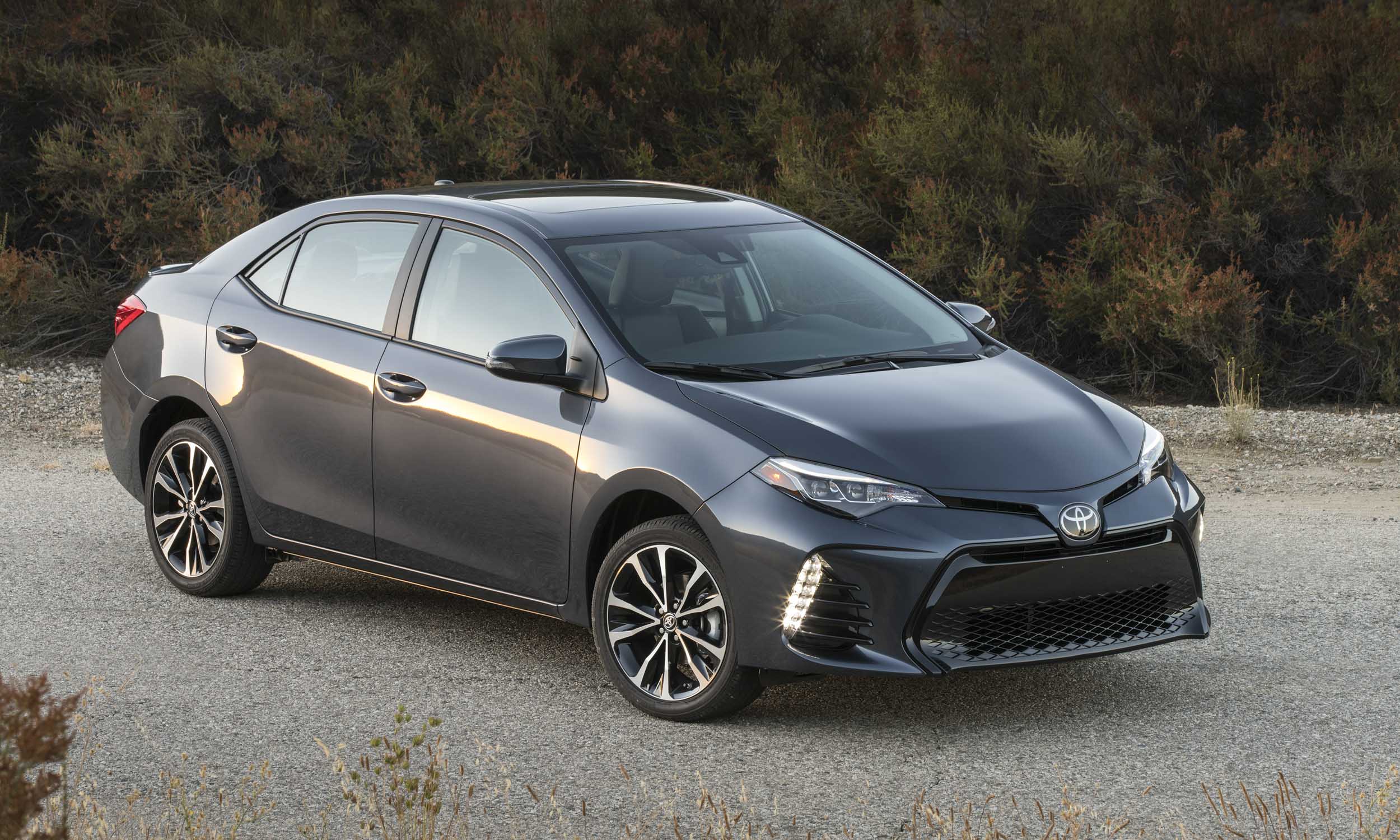
Top Safety Pick+
Front Crash Prevention: Superior (6 points)
With more than 43 million sold since it was launched 50 years ago, the Corolla is one of the best-selling nameplates of all time. To celebrate this momentous anniversary, Toyota updated the Corolla with fresh styling and new features. In addition, Toyota Safety Sense-P — which includes a Pre-Collision System with Pedestrian Detection; Lane Departure Alert with Steering Assist; Dynamic Radar Cruise Control and Automatic High Beams — has become part of Corolla’s standard equipment.
Additional Costs: None.
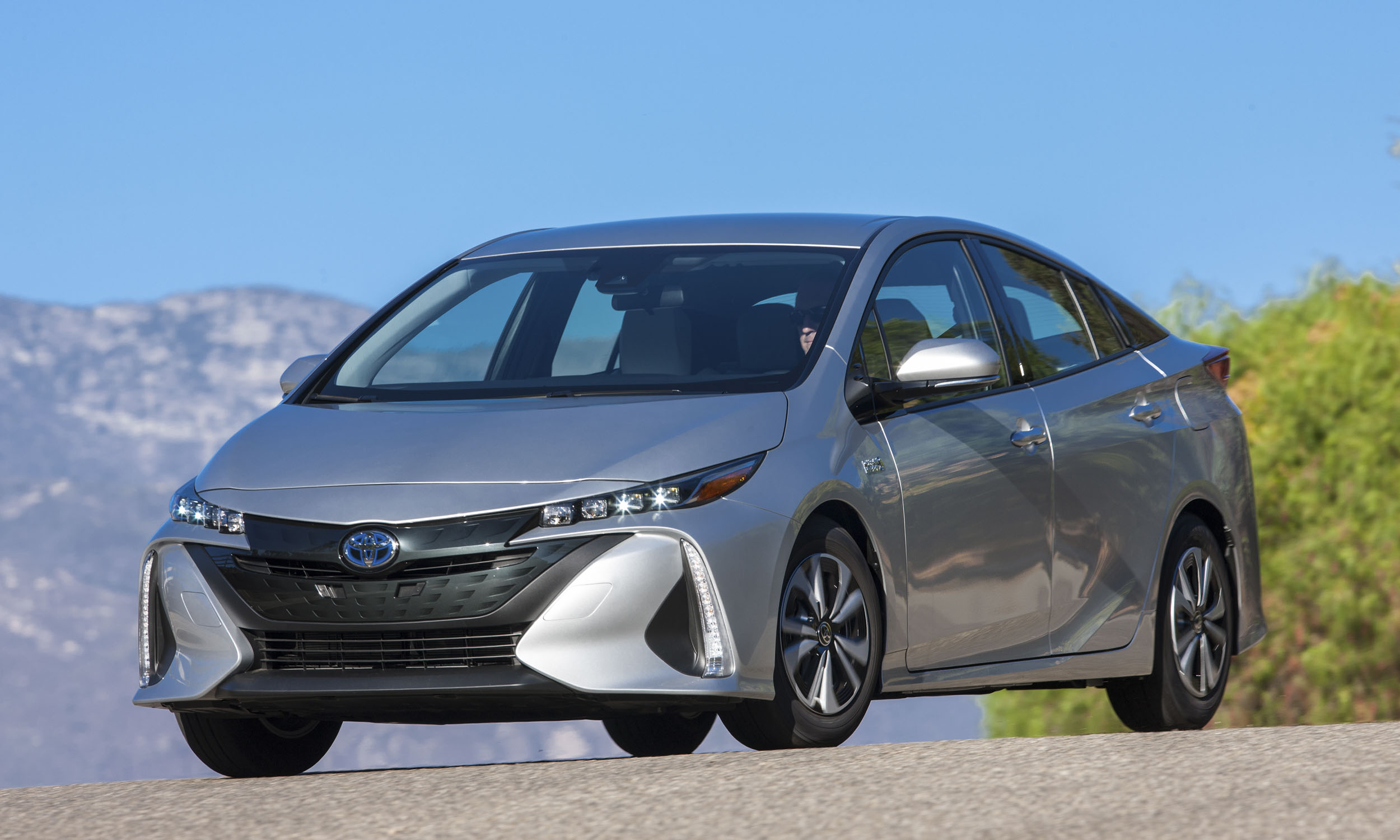
Top Safety Pick+
Front Crash Prevention: Superior (6 points)
Practically eponymous for hybrid in America, the fuel-efficient Prius received a complete redesign last year. Toyota expanded the Prius lineup for 2017 by updating the plug-in version, now called Prius Prime. In addition to new styling and much-improved driving dynamics, the Prius and Prius Prime get the latest advanced safety technology, Toyota Safety Sense-P. TSS-P uses millimeter-wave radar and a monocular camera sensor to help detect pedestrians, vehicles and lane markers so it can identify obstacles and automatically apply braking if necessary to help avoid collisions.
Additional Cost: None

Top Safety Pick
Front Crash Prevention: Advanced (2 points)
The Scion iA was renamed the Yaris iA after Toyota discontinued the youth brand last year. The compact hatchback has a starting price below $16,000, yet it has standard safety technology good enough to earn the IIHS Top Safety Pick rating. The iA’s Low-Speed Pre-Collision System uses an infrared laser sensor in the windshield to determine if a frontal collision is imminent, and then automatically applies the brakes in certain low-speed situations. In the IIHS Low-speed Autobrake test, the iA was able to avoid a collision entirely from 12 mph.
Additional Costs: None
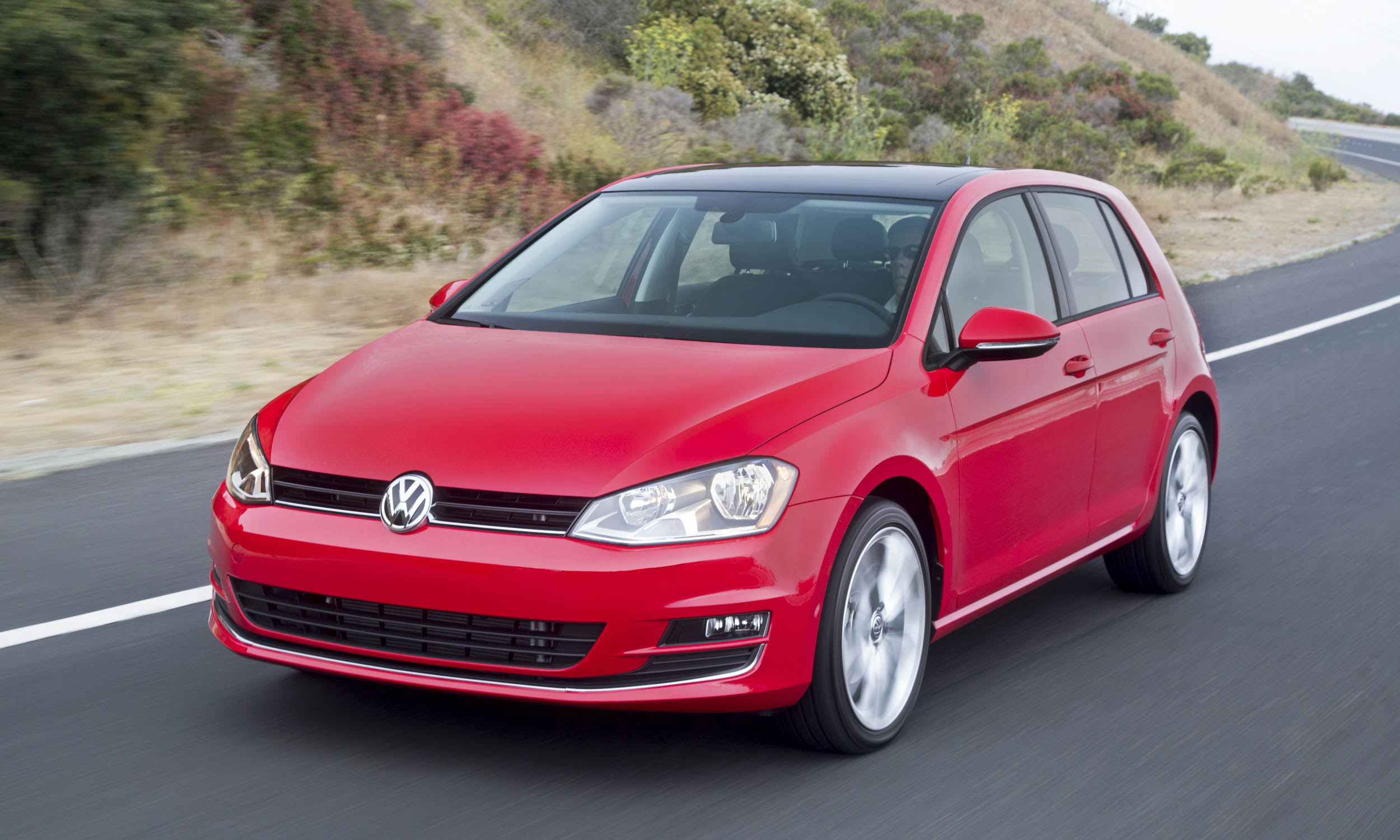
Top Safety Pick
Front Crash Prevention: Advanced (3 points)
Volkswagen upgraded the safety systems in the 2016 Golf by offering Autonomous Emergency Braking along with Forward Collision Warning. Forward Collision Warning alerts the driver to potential front-end collisions — both audibly and visually at speeds above 19 mph — and, if necessary, engages the brakes to slow the vehicle. Even if the driver engages the brakes, the system will increase braking pressure automatically to aid in slowing or stopping the vehicle. Although the system is not designed to completely avoid impacts at high speeds, the Golf’s speed was reduced by 10 mph in the 12 mph IIHS Low-speed Autobrake test.
Additional Costs: Autonomous Emergency Braking is available in the Driver Assistance Package on the Golf SE or SEL for $1,495.
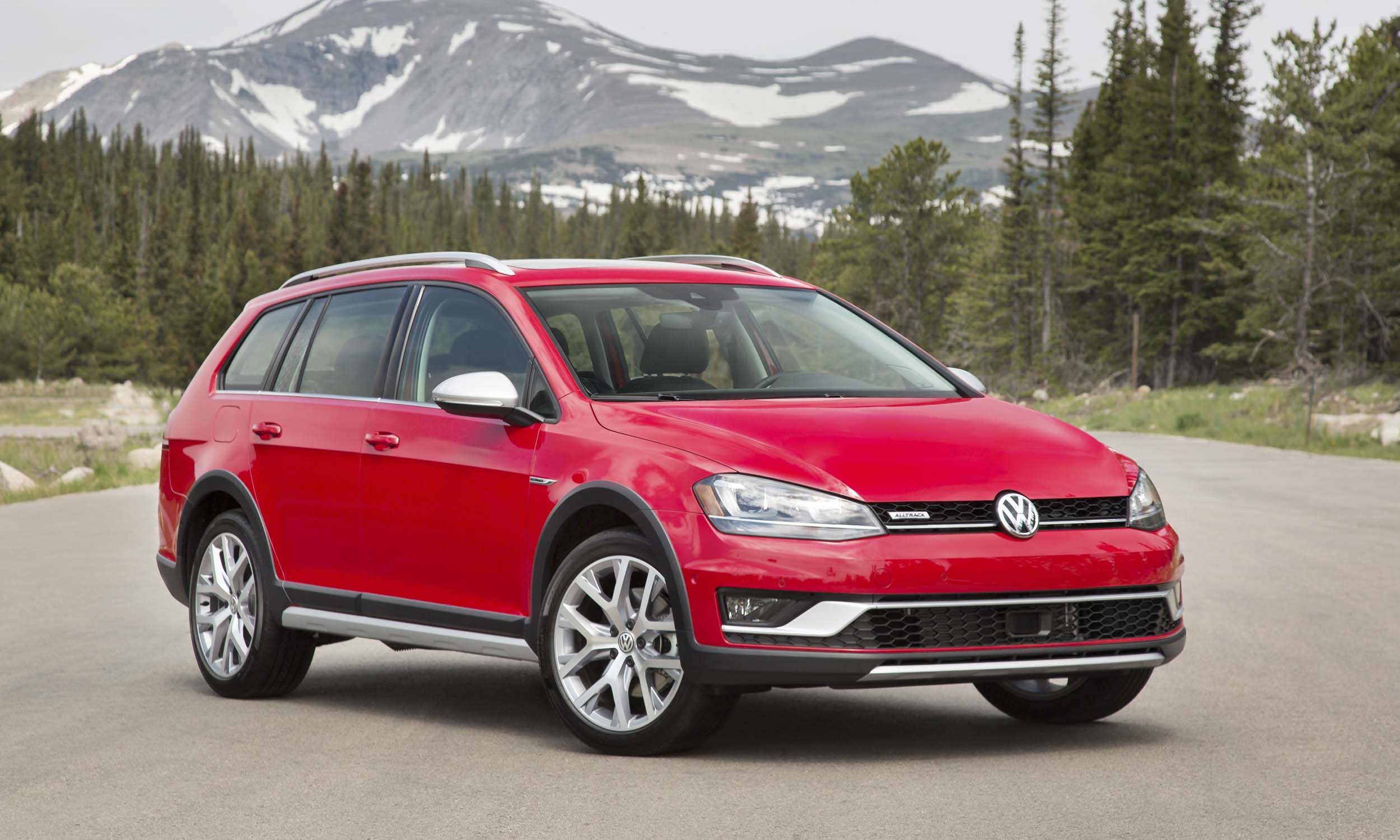
Top Safety Pick
Front Crash Prevention: Advanced (3 points)
An all-new model for 2017, the Golf Alltrack is based on the Golf SportWagen but designed more as a crossover. With added ground clearance, 4Motion all-wheel drive and unique styling, the Alltrack is billed as “the adventurous wagon.” The new model carries through the same safety features available on the Golf, including Autonomous Emergency Braking and Forward Collision Warning.
Additional Costs: Autonomous Emergency Braking is available in the Driver Assistance Package, costing $1,995 on the Alltrack SEL and $845 on the S and SE.
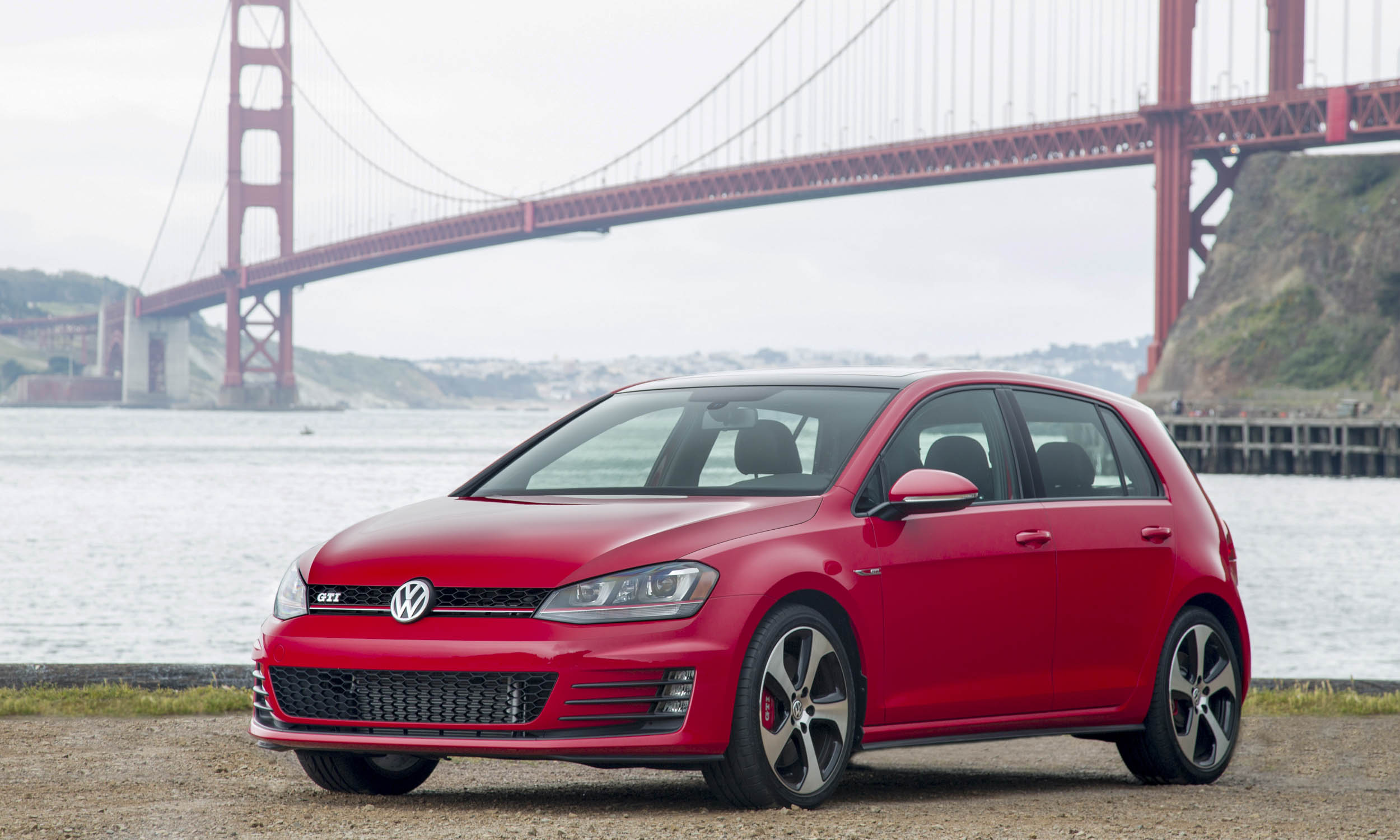
Top Safety Pick
Front Crash Prevention: Advanced (3 points)
A step up from the standard Golf in terms of performance, the GTI has more power and better handling. GTI is available with the same Driver Assistance Package as the Golf. In addition to the Autonomous Emergency Braking system, this optional package includes a Blind Spot Monitor, Rear Traffic Alert, Lane Departure Warning and Adaptive Cruise Control.
Additional Costs: Autonomous Emergency Braking is available in the Driver Assistance Package on the GTI SE for $595 and the Autobahn for $1,095.








